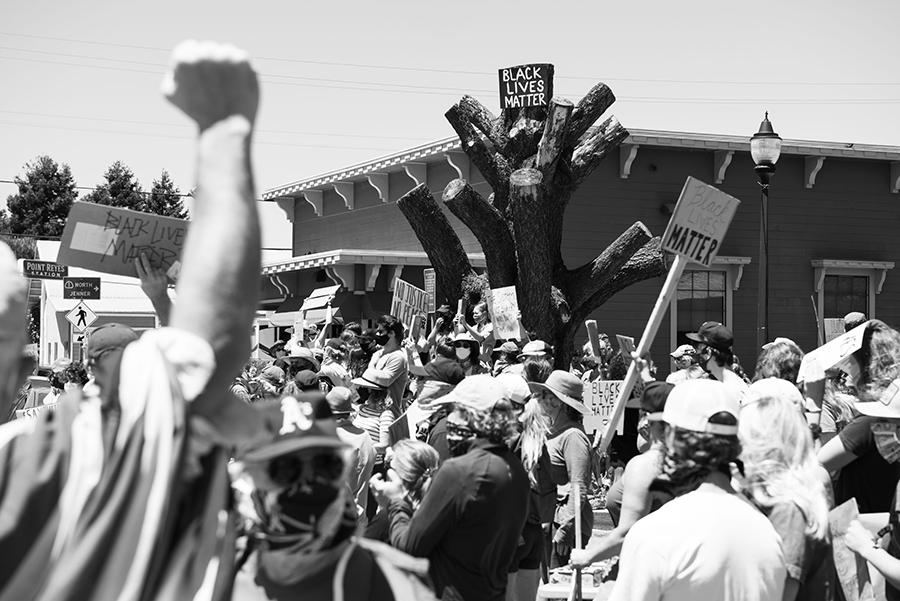Hundreds of West Marin residents joined the nationwide movement against police brutality and systemic racism this week, as political pressure mounts for Marin to . . .
West Marin joins protests spurred by police killing


Hundreds of West Marin residents joined the nationwide movement against police brutality and systemic racism this week, as political pressure mounts for Marin to . . .